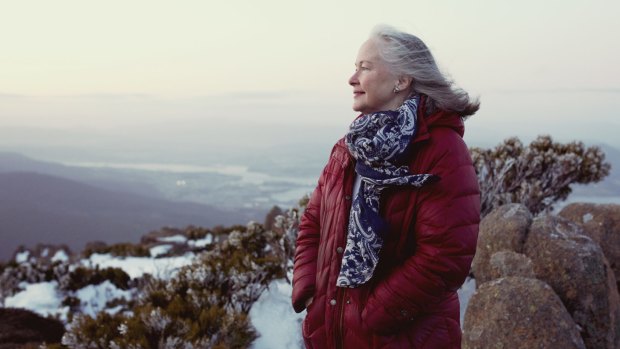
Aurora chaser Margaret Sonnemann has expert tips on viewing the southern lights in Tasmania.
Margaret Sonnemann is founder of the Aurora Australis Tasmania Facebook group and author of The Aurora Chaser's Handbook. See aurorachaserbook.com
STEP ONE
You can see the aurora australis (southern lights) all year round, and all across Tasmania – not just in the south. Unlike the northern hemisphere, there's no viewing "season" because we don't have midnight sun. Here, winter is considered better only because of the longer nights.
STEP TWO
Tasmania is one of the closest places on earth to the South Magnetic Pole, which is where the aurorae emanate from: the lights appear closer to the horizon, and always from the south. Scope your spot in the daylight to avoid any dramas with dogs and private property. Hilltops provide good vantage points, though I'm not a fan of Mount Wellington, which can be absolutely freezing. My favourite spots near my home in Hobart (which I'm happy to share) include Port Huon Yacht Club and the Howden boat ramp on Wingara Road. Many photographers aim to be near water to capture its reflection – the "holy grail" of aurora photography is a shot of the lights over Cradle Mountain and Dove Lake.
STEP THREE
To photograph an aurora, your camera (or even late-model smartphone) needs to be perfectly still: use a tripod. Put your camera into manual mode, then set exposure for between 10 and 30 seconds. Set your aperture to its lowest ability – down to f/2.8 if possible – and the ISO at about 1000. Move each up and down as needed: the key is to experiment with different settings.
STEP FOUR
While no one can predict when an aurora will appear, you can make an educated guess on whether to head out chasing the lights in the evening. Most aurora apps are geared towards the northern hemisphere, but Australia's Bureau of Meteorology tracks the optimal conditions for a display: with a local K index of 3-4, you'll see it only through a camera lens. With a K index of 4-5, you'll see the aurora with the naked eye, and with a reading of 5 and above, you can hardly miss it. See sws.bom.gov.au/Aurora and facebook.com/groups/auroraaustralis
STEP FIVE
The aurora australis is a natural phenomenon based on solar wind, so you have to adjust your expectations that not every clear night will yield a performance. If nothing else, you will have spectacular views of the Milky Way on a clear, starlit night.
Sign up for the Traveller newsletter
The latest travel news, tips and inspiration delivered to your inbox. Sign up now.